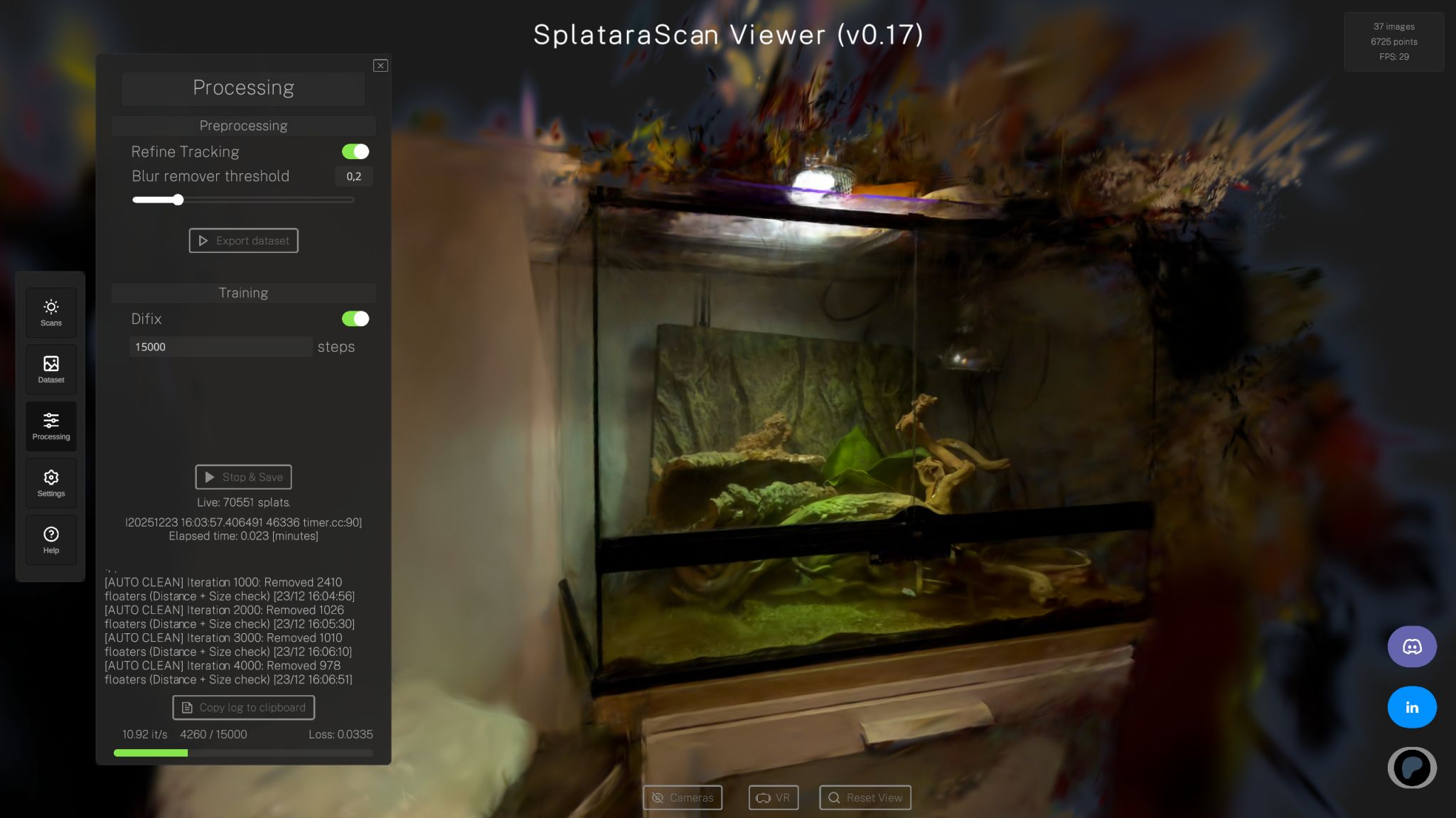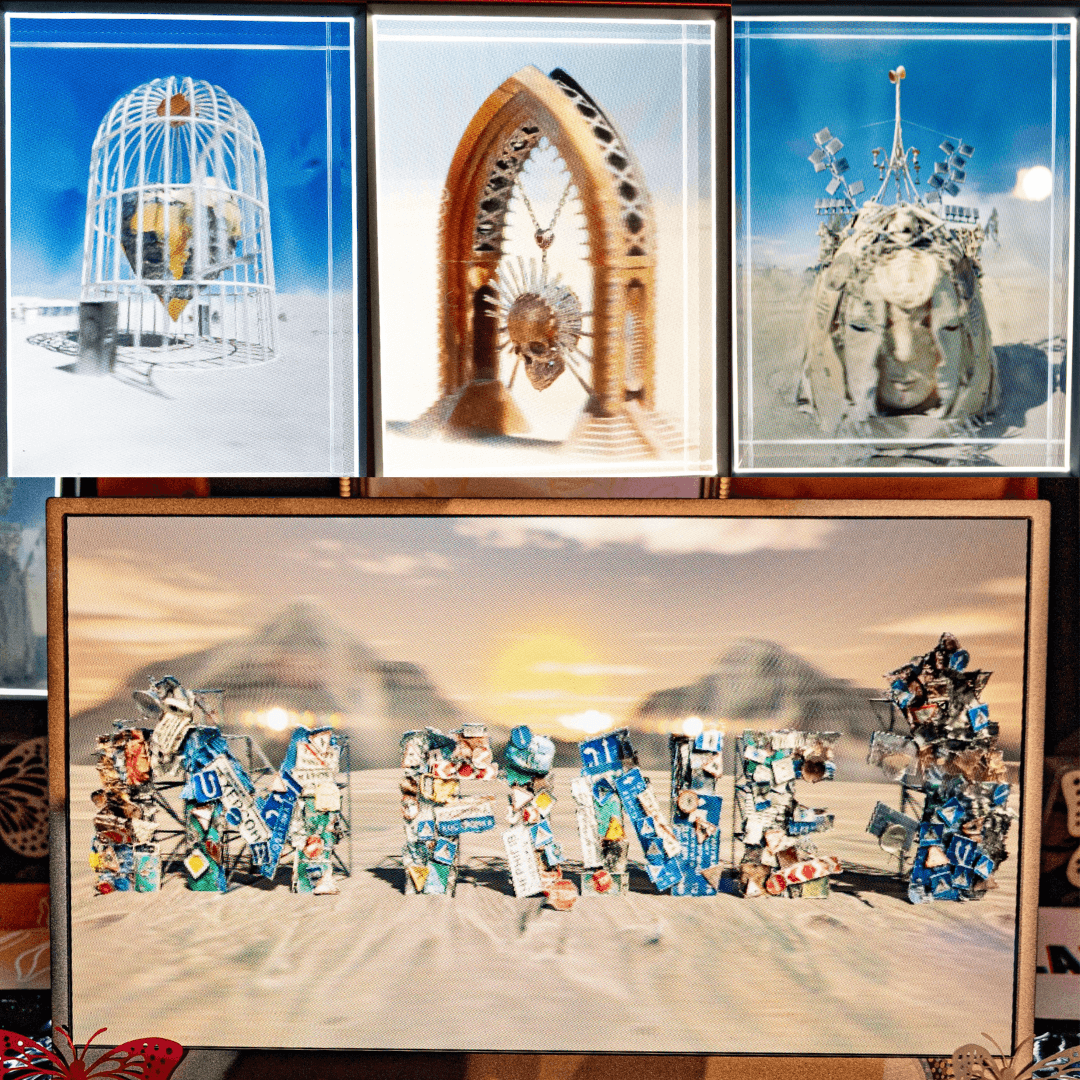
Michael Rubloff
Jun 13, 2023
I recently returned from a trip to Barcelona and while most of my brain was distracted by what I could NeRF — one thing caught my eye; it was an advertisement from H&M on a digital display. In it featured a woman in a bathing suit, slowly glitching while rotating around individual images in order to demonstrate the outfit.
I found myself standing in front of it for a bit, not for the reason that you might imagine, but disappointed by how poor it was. The glitching effect was distracting and did not do a good job of showcasing the product.
All I could think about was how much better of an ad it would be if it was a NeRF. Several of the issues of the ad would be immediately addressed and would give the brand infinite ways to repurpose and customize the ad to the target user.
Another large beneficiary of NeRFs will be personal stylists, that will be able to showcase their entire portfolio in a photorealistic digital fashion show to and existing potential clients; not to mention for upcoming brands attempting to sell into large retailers such as Nordstroms.
Mainly we have seen AI assisting the clothing and fashion industry through platforms such as Stable Diffusion and MidJourney. People have been using the platforms to create new styles, outfit palettes, and dream collaborations. We've even seen the Pope get included in this.
What I don't understand is why these brands have not begun using Neural Radiance Fields (NeRFs) in order to directly reach their customers. NeRFs provide a way for any consumer to photorealistically see the entirety of an outfit.
Avant Garde brands such as Acronym, whose high quality (and high price) technical wear will also benefit from the freeform camera editors that NeRF features, allowing them to shoot mindblowing ads. Plus who wouldn't want to see Errolson Hugh showing off the multifaceted J1W-GTPL with a NeRF.
Another one of my favorite designers, Kiko Kostadinov, through some of his posts, has been demonstrating the power of what looks like to be Polycam to me, but the drawbacks of photogrammetry are evident. The models suffer from missing information and the rendered output looks flat.
Through the power of NeRFs, we can get a way for consumers to have clothing be photorealistically showcased.
Additionally, new papers such as Human RF allow for designers to dynamically showcase their work. We’ve seen NeRFs in browser from Luma, MERF, Baked SDF, and it’s easy to envision how platforms such as Luma or Instant NGP (when they eventually announce in browser NeRFs) powering Nordstroms “virtual try-on”.
I believe it is just a matter of time to to see fully photorealistic fashion shows in virtual or augmented reality through Neural Radiance Fields. Retailers such as SSense or NetaPorter will be able to showcase full outfits in photorealistic augmented reality and I believe that we'll see fashion influencers such as John JungLee and William Nordin benefit from making even more engaging content for followers.
The fashion industry is ready right now to move forward with implementing NeRFs into the marketing and user acquisition pipelines. Through NeRFs these brands will be able repurpose, better target, and serve their products to potential users.
There is a counterargument to be made. By giving autonomy to a user, there runs the risk of showing more than was intended, such as quality imperfections or staged setups. I believe this can be mitigated in the same way that current advertising techniques are enforced, like strict quality control and attention to detail. Moreover, in the case of advertisements, the brand is able to set a specific camera path for the user to view, ensuring the best parts of each accessory will be shown. It also forces the user to see the clothes and model exactly as they were in real life without any edits — to me this is a benefit.
The ability is there and will immediately provide a boost to customer experience and in my opinion increase sales conversion.
As I am drawn back to my experience in Spain and realizing me standing in front of a bikini ad for a unusually long time probably came across to most as weird, the world of fashion is ready for something better and that thing are NeRFs.







